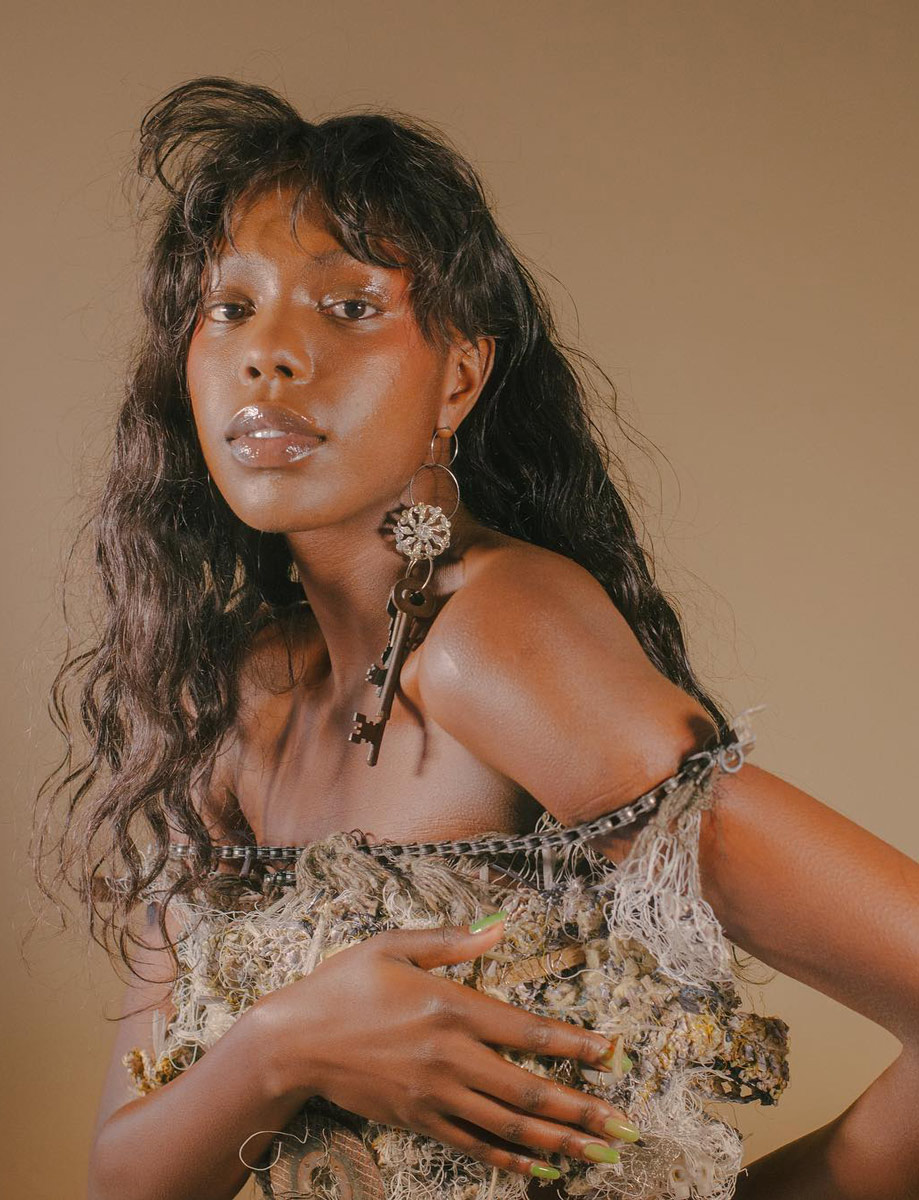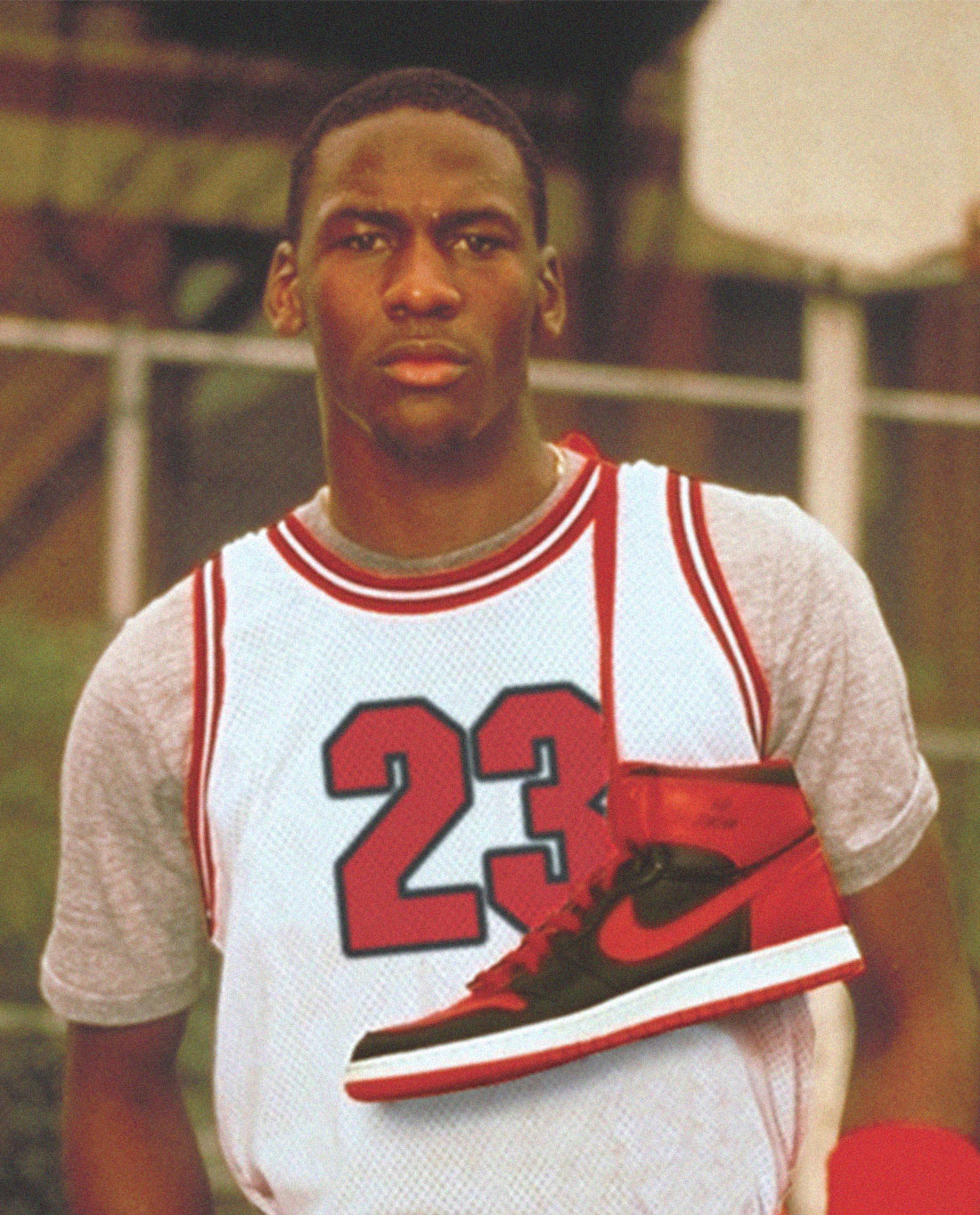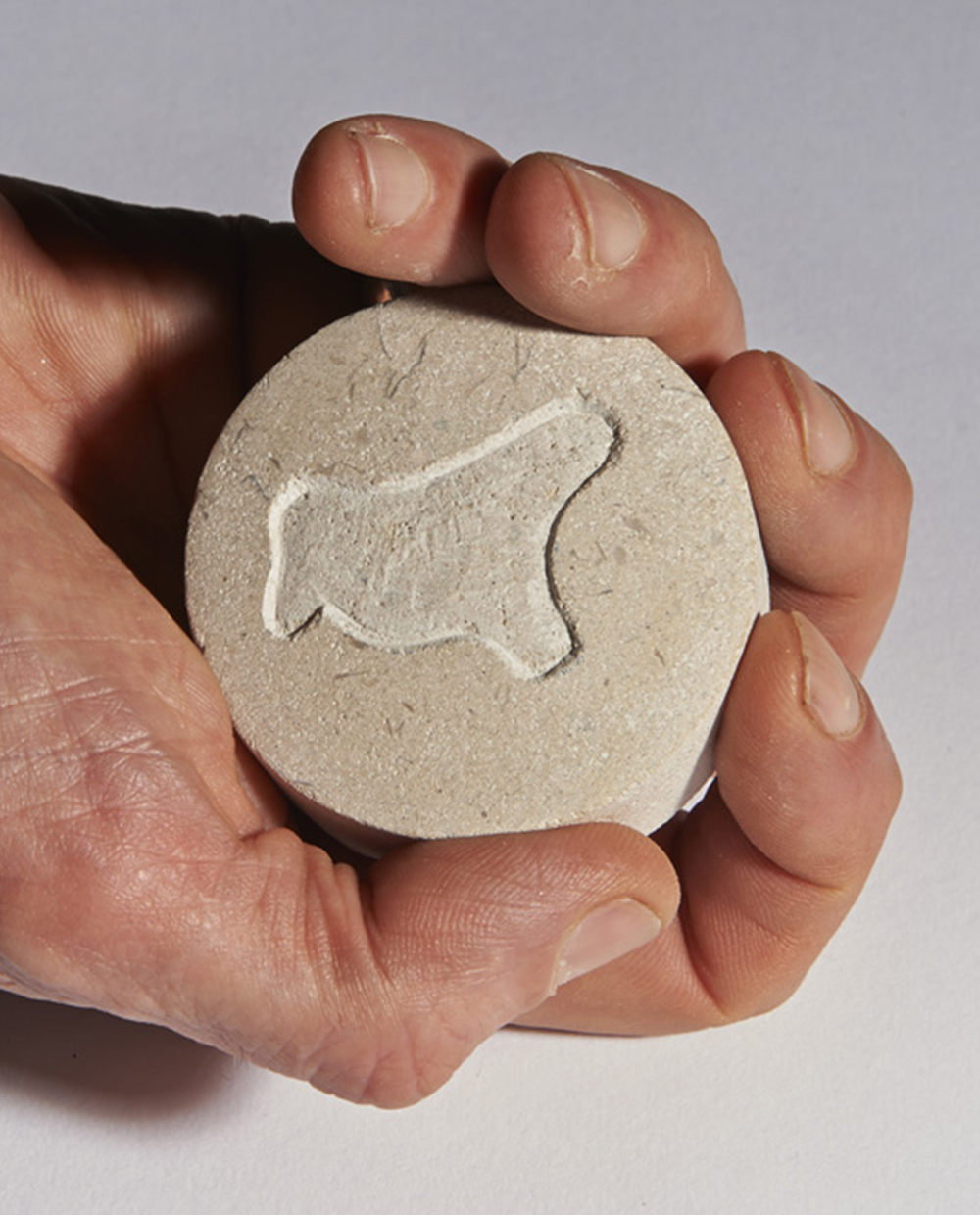MARINE SERRE
Since winning the prestigious LVMH prize in 2017, aged just 25 and only a year out of Brussels’ La Cambre school of visual arts, Marine Serre has quickly established herself as one of the most essential young designers working today. Her distinctive hybrid designs fuse the sleek forms and synthetic fabrics of sportswear with those of traditional luxury, but for us they’re particularly compelling for their inherent sustainability. As well as using upcycled shirts and neoprene she’s inventive with materials and fabrics; she even sourced vintage silk scarves from Paris consignment warehouses and repurposed them to create one-of-a-kind dresses for her A/W’18 collection.

RICHARD QUINN
Richard Quinn’s interest in sustainable practices can be traced back to his days as a student at Central St Martins, where he was awarded an MA scholarship by Stella McCartney. But it was his search for a way of printing his vivid designs onto fabrics like polyester, vinyl and viscose that proved most pivotal in shaping his approach. Quinn arrived at digital printing which, as well as preserving the quality of his prints, enables him to use 70% less water and 80% less energy than he would with more conventional methods. Winner of the H&M Design Award in 2017, Quinn ploughed the £45,000 he received into a Peckham space which functions both as his own studio, and as a facility for other emerging designers, including Charles Jeffrey, Mimi Wade and Dilara Findikoglu.
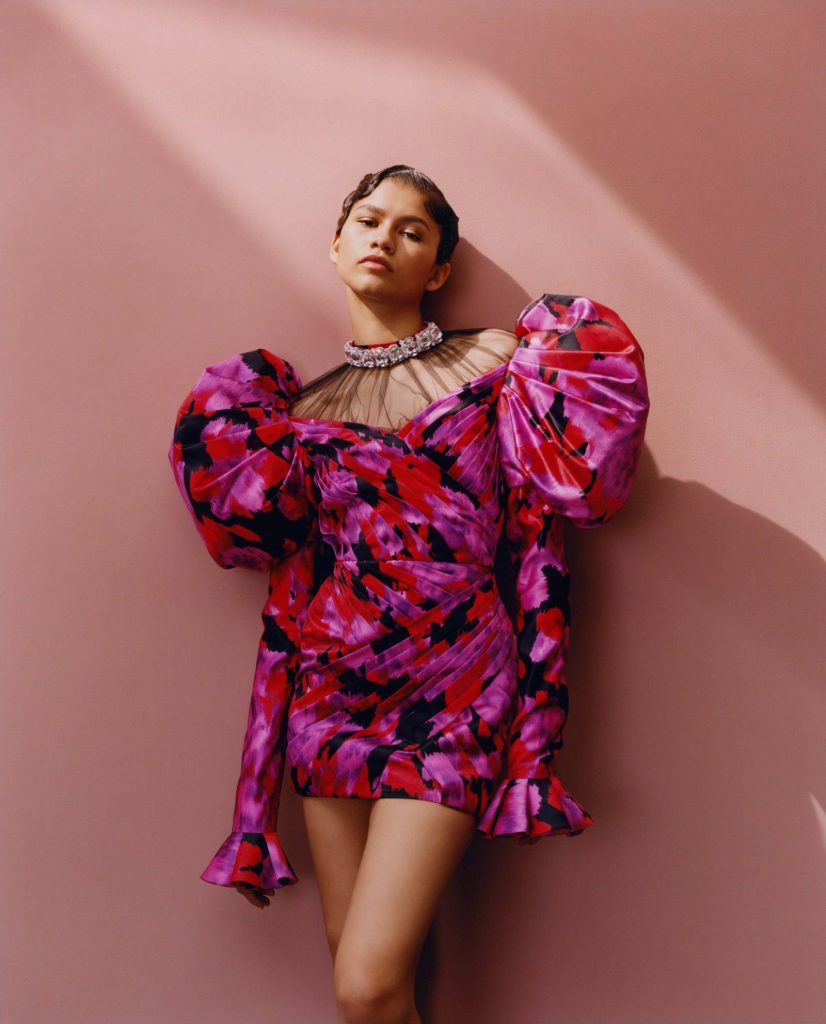
ELLISS
Fellow Central St Martins alumni Elliss Solomon has an all-encompassing vision for sustainability that extends to everything from the fabrics she uses to the carbon footprint of her production process. By sharing a building with its manufacturers her eponymous label keeps transport and waste at this stage as streamlined as possible, and this is complemented by their use of recyclable and biodegradable packaging too. It’s what Elliss’ swimwear, leotards and jumpers are actually made from that’s most innovative though. As well as recycled polyester, cotton and hemp, the label uses ECONYL, a fibre formed from recycled fishnets and nylon waste.
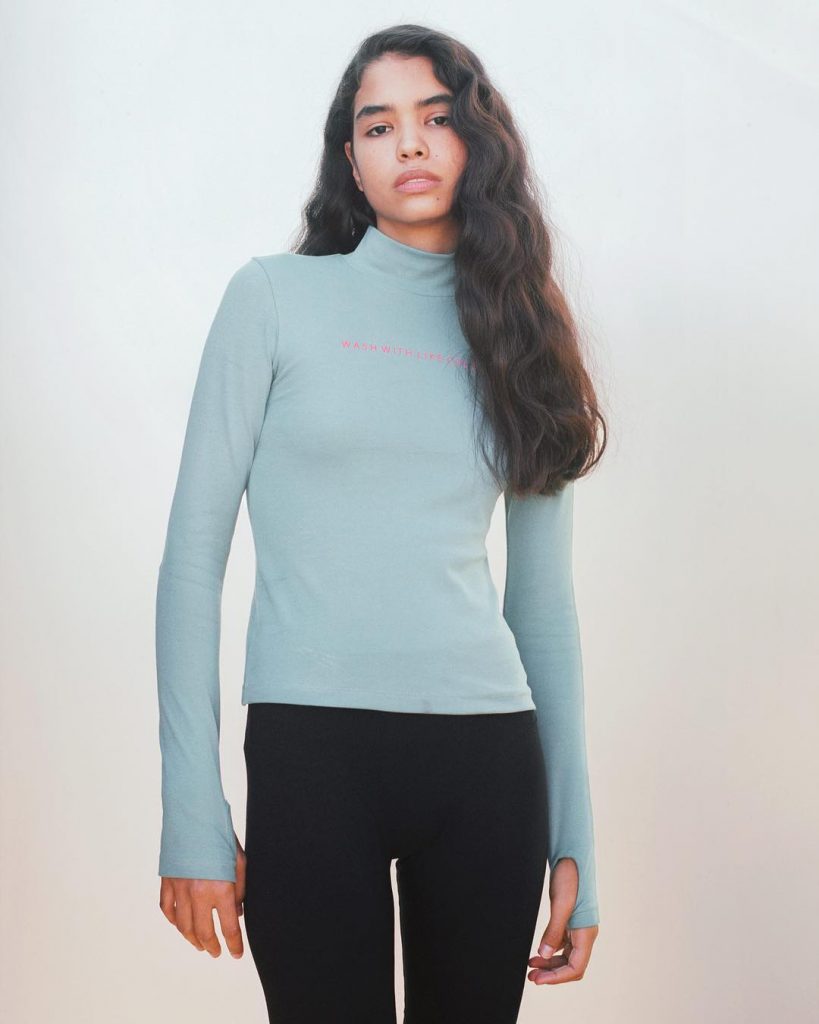
EMILY BODE
Though it’s undoubtedly a buzzword at the moment, Emily Bode’s version of upcycling goes far beyond what we’d typically think of as deadstock or second hand clothes. The New York designer, who launched namesake brand Bode back in 2016, sources obscure antique textiles, including quilts and even French mattress fabrics, from across the US and Europe to refashion into menswear. Bode’s techniques draw heavily on craft – illustrating that some of the most sustainable fashion practices have been around for a long time – and very little goes to waste in her studio; she even makes scarves from the scraps of fabric leftover from bigger pieces.

MATTHEW NEEDHAM
In an interview with iD Matthew Needham said that, for him, sustainability is about compromise. Though that may sound like a negative statement, the designer’s work is a testament to the fact that some of the best creative work is produced despite, and even because of, its limitations. Needham is drawn to rubbish and waste, both in the practices of the fashion industry itself, and in his everyday surroundings, and he merges both influences in his designs. For his BA collection, he rescued unused Chanel tweed from a warehouse and combined it with roofing asphalt, and he’s even previously turned an abandoned shopping trolley into a raincoat.
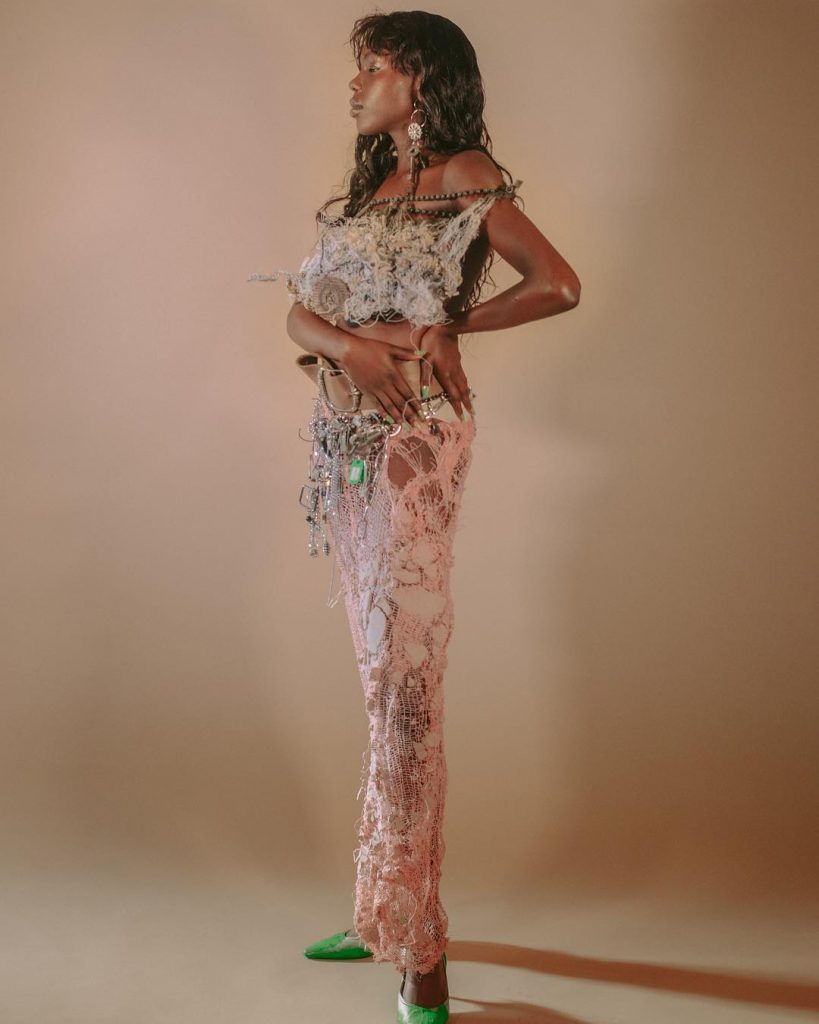
HELEN KIRKUM
While there’s a reasonable market for secondhand (or vintage, if you’d prefer) clothes, trainers, unless they’re a collector’s item of course, are some of the least likely pieces to have a second life. Helen Kirkum’s work directly addresses this, proposing new possibilities for worn out shoes in the form of custom sneakers. For her 2017 Royal College of Art graduate collection, the designer would salvage trainers from recycling centres and charity shops around London, take them apart and reconstruct them as collage, or what Vogue termed “re-mastered,” trainers. She’s since gone on to collaborate with Reebok and adidas, demonstrating that there’s space for a handmade, upcycled approach in the world of trainers.
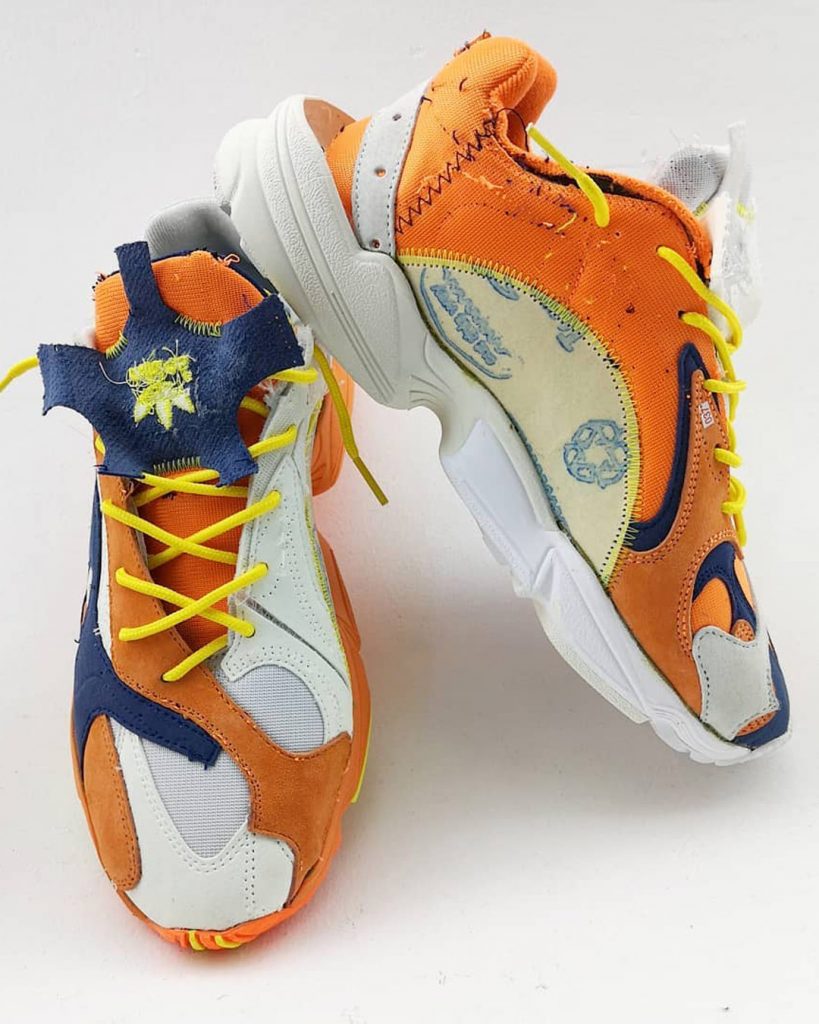
PRIYA AHLUWALIA
It was trips to her father and mother’s native Lagos and India respectively that first made Ahluwalia aware of the sheer scale and impact of textile waste. Convinced of the urgency to find solutions, the Westminster University graduate resolved to use only vintage and second hand fabrics, painstakingly deconstructing sourced pieces to create totally new clothes. She’s keen to experiment too, branching out to use materials made from recycled plastic for her most recent collection, and it’s this dynamic approach, not to mention her boldly colourful designs, that helped her win this year’s H&M Design Award.
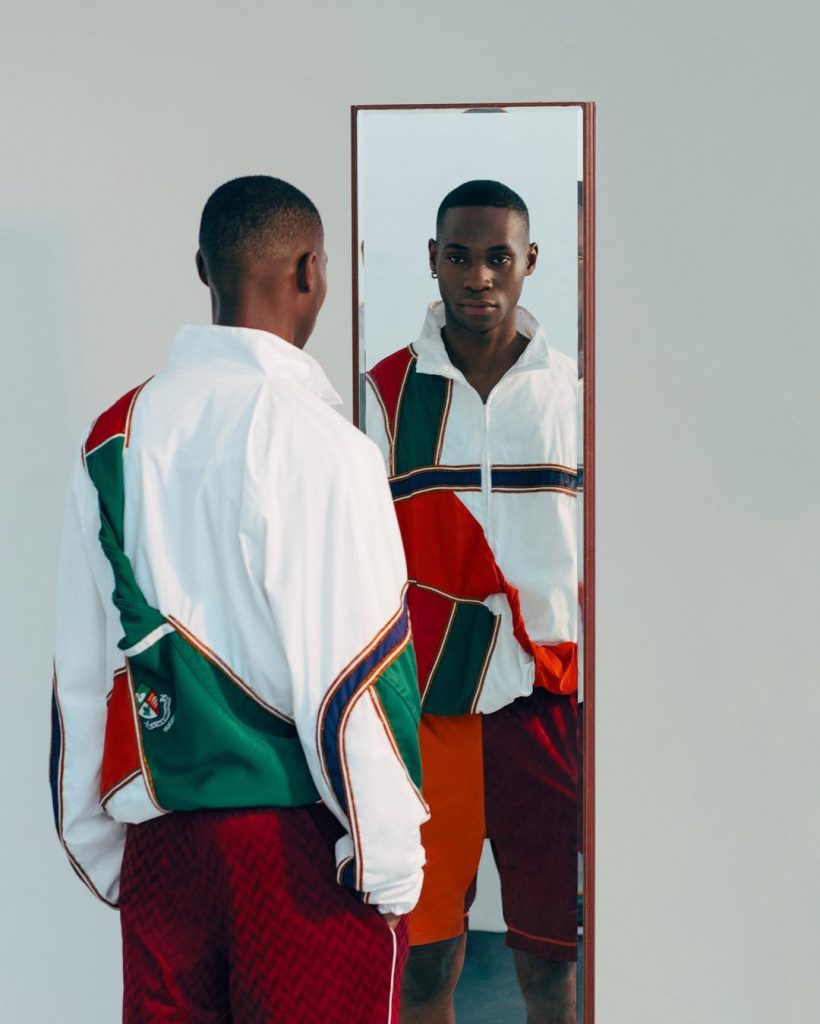
Looking for more sustainable brand inspiration? Check through our 2018 list of 6 brands owning sustainable fashion.



